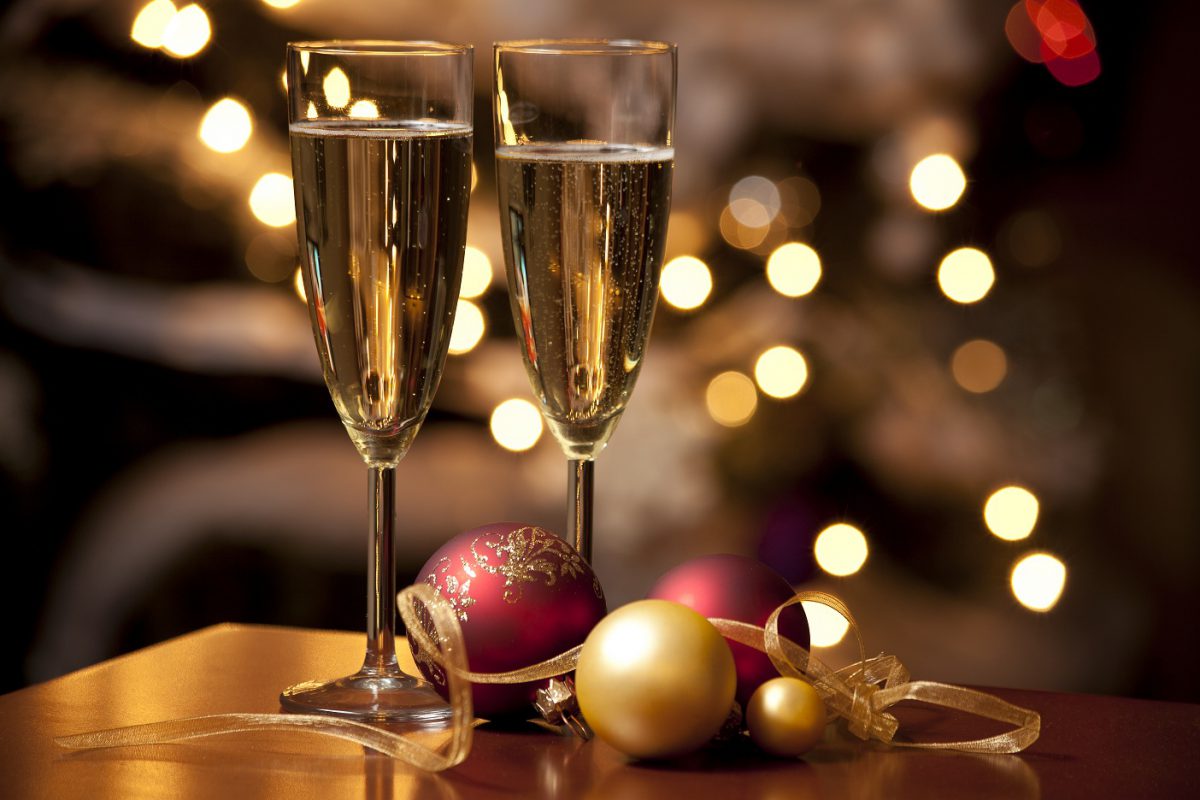 Don’t let the word ‘taste’ fool you. Tasting Champagne should be an assault on all the senses, not just your mouth. Take for instance, the POP of the cork as you open the bottle. Then there is the cool touch of the glass to your fingertips as you pour your glass half-full (the perfect amount for you to be able to swirl the wine around and release more aromas and flavors). As you pour, note the Champagne’s bubbly effervescence, and take a closer look at its color. To help the shade really pop, try placing a piece of white paper behind it. Is it pale gold, or is there a touch of green or gray mixed in? Is it more of a coral or a salmon pink? Generally speaking, the older the wine becomes, the more golden it will be. Is it bright and shiny, or is it dull? Dull wine is often faulty, so look for champagne that lives up to the promise of sparkling. And don’t forget about texture. Watch the bubbles—are they light or plentiful, lively or slow? Imagine how they will dance on your tongue, slide down your throat.
Don’t let the word ‘taste’ fool you. Tasting Champagne should be an assault on all the senses, not just your mouth. Take for instance, the POP of the cork as you open the bottle. Then there is the cool touch of the glass to your fingertips as you pour your glass half-full (the perfect amount for you to be able to swirl the wine around and release more aromas and flavors). As you pour, note the Champagne’s bubbly effervescence, and take a closer look at its color. To help the shade really pop, try placing a piece of white paper behind it. Is it pale gold, or is there a touch of green or gray mixed in? Is it more of a coral or a salmon pink? Generally speaking, the older the wine becomes, the more golden it will be. Is it bright and shiny, or is it dull? Dull wine is often faulty, so look for champagne that lives up to the promise of sparkling. And don’t forget about texture. Watch the bubbles—are they light or plentiful, lively or slow? Imagine how they will dance on your tongue, slide down your throat.
But let’s not get ahead of ourselves. Once the initial effervescence subsides, before you bring the flute to your mouth, put it to your nose. Since you’ve allowed the champagne time to open up, the wine will be ready to reveal its mysteries. Inhale the glass slowly, at length, and then inhale again. Depending on the variety of the wine, you can be in for any number of scented delights:
· Floral ~ rose, lime blossom, orange blossom, violet
· Fruity ~ grapefruit, apple, pear, quince, peach, apricot,
nectarine, mango, banana, lychee, coconut, cherry, currant
· Veggie ~ almond, grass, fern, truffle
· Dried fruit ~ hazelnut, raisin, fig
· Other ~ butter, brioche, toast, honey, candied fruit,
vanilla, spices
To enjoy this sensation to its fullest, avoid any perfumes or room fragrances as these will interfere with the aromas.
Now that you have fully teased all of your other senses, it’s time to bring the flute to your mouth. Sip slowly. As the wine seeps over your lips, allow it to luxuriate on your tongue. Roll it around your mouth, savoring each sensation. Does a dominant taste emerge? Is it comforting or powerful, smooth or solid, light or opulent? Is the texture creamy or complex? What is the weight of it on your tongue?
When it becomes time to swallow, pay close attention to the imprint of the wine on your palate. This aftertaste, or finish, will tell you much about the wine’s quality; much like the men in our lives, the longer it lasts, the better the sensation.
Liz Palmer
Author of The Ultimate Guide To Champagne
www.liz-palmer.com
@Champagnehouses


